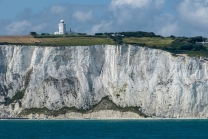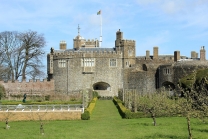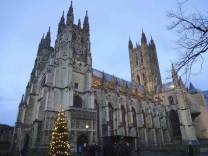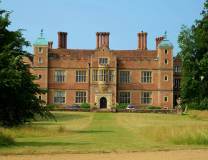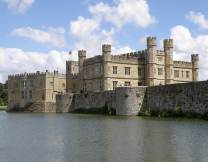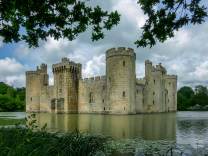Dover Castle
No video yet

Dover Castle
vteFirst Barons' War1215-1217 Siege of Dover Castle Siege of Windsor Castle Siege of Hertford Second Battle of Lincoln Siege of Rochester Battle of Sandwich
Dover Castle is a medieval castle in Dover, Kent, England. It was founded in the 11th century and has been described as the "Key to England" due to its defensive significance throughout history. It is the largest castle in England.
History
Iron age
This site may have been fortified with earthworks in the Iron Age or earlier, before the Romans invaded in AD43. This is suggested on the basis of the unusual pattern of the earthworks which does not seem to be a perfect fit for the medieval castle. Excavations have provided evidence of Iron Age occupation within the locality of the castle, but it is not certain whether this is associated with the hillfort.
Roman era
The Roman lighthouseThe site also contains one of Dover's two Roman lighthouses (or pharoses), one of only three surviving Roman-era lighthouses in the world, and the most complete standing Roman structure in England. Built in the early 2nd century, the 5-level 8-sided tower was made of layers of tufa, Kentish ragstone, and red bricks. The castle lighthouse survived after being converted into a belfry in the Saxon era (c.1000), having a new upper layer added (c.1430), and was partially renovated in 1913-1915. The remains of the other are located on the opposing Western Heights, across the town of Dover.
Saxon and early Norman
After the Battle of Hastings in October 1066, William the Conqueror and his forces marched to Westminster Abbey for his coronation. They took a roundabout route via Romney, Dover, Canterbury, Surrey and Berkshire. From the Cinque Ports foundation in 1050, Dover has always been a chief member—it may also have been this that first attracted William's attention, and got Kent the motto of Invicta. In the words of William of Poitiers:
Then he marched to Dover, which had been reported impregnable and held by a large force. The English, stricken with fear at his approach...






